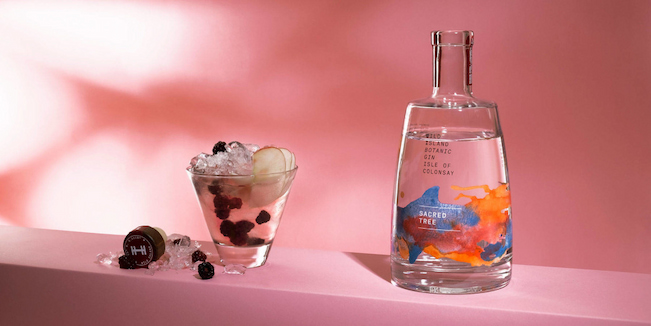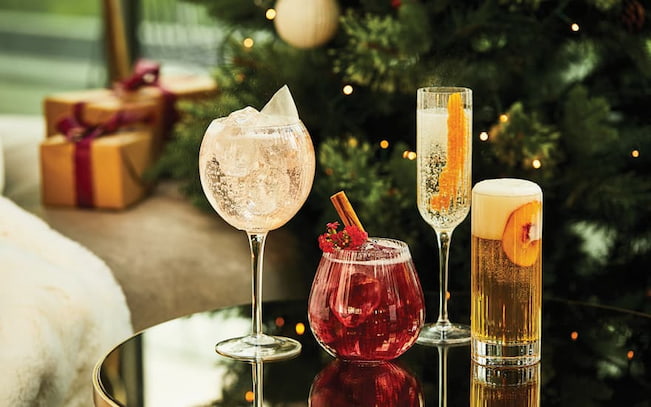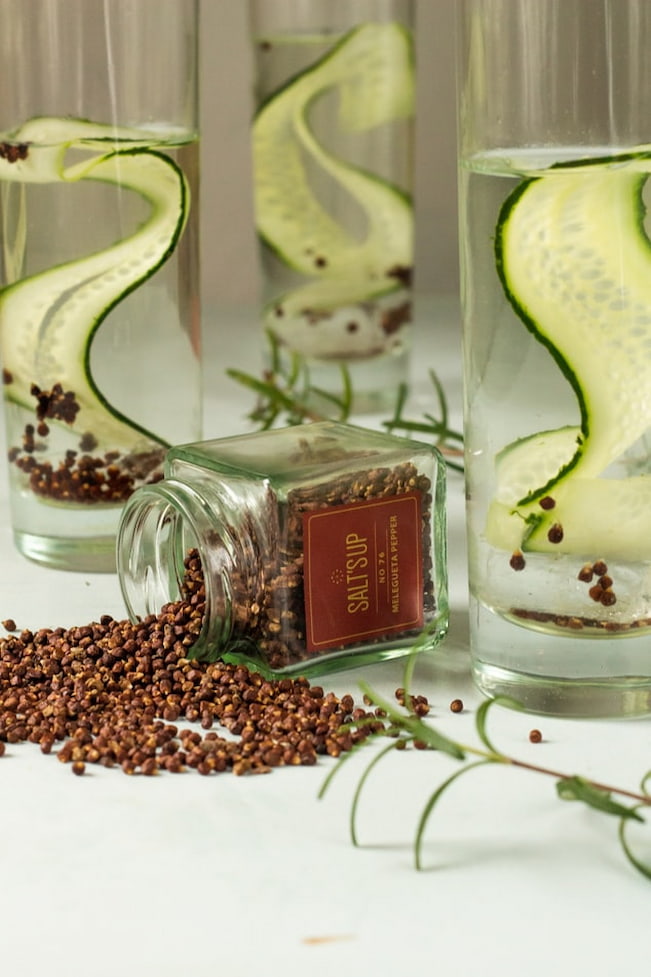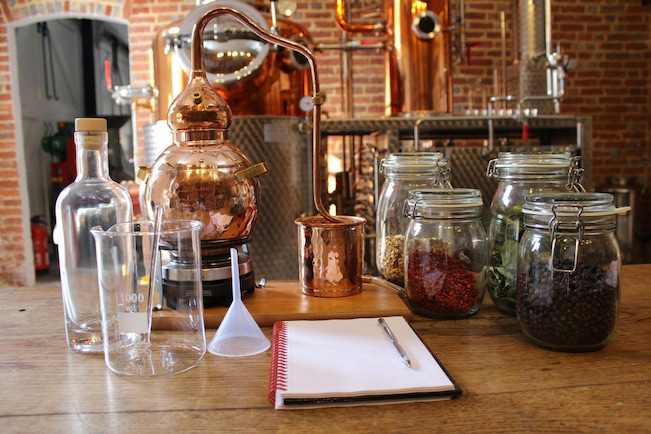You must love gin, that’s why you’re here reading these lines, isn’t it? And how can anyone not love gin? Gin is a refreshing and tasty drink for hot summer days and nights, equally great for celebrating success, chilling out on your porch and going out dancing. Unfortunately, ever since the pandemic, going out or celebrating at home is no longer the same.
However, this doesn’t mean that you should give up on your favourite drinks. You can set up your own bar or even try making gin at home. Yes, you read that right, making your own gin has never been easier. Once you become experienced in this, you might even not want to drink any other commercially sold gin. You can achieve this by getting gin essence and choosing the spirits and botanicals according to your taste. Here are all the details!
Get a Taste of Gin
Gin is a bitter-sweet spirit with a predominant taste of juniper. There are many variants of this drink such as distilled gin, London Dry Gin and so on. You have probably tasted many of them but have no idea how gin is made. For a drink to be classified as gin, it has to taste “junipery” and have at least 37.5% alcoho
Most commercial gins use distillation to extract the flavour from the botanicals, but in fact, you can make a tasty gin without it. It is called a compound gin and is very much possible to make at home. Yes, even if you have no idea or zero experience in this area.

When you aren’t re-distilling your gin, it won’t be perfectly clear; it will still taste like gin of course. The colour depends on the botanicals you will use, but it will have a yellow or amber hue. You may put it through a Brita filter if you want to remove a bit of the colour. Another option is to put the gin in the freezer, then filter through muslin cloth and end getting a lighter colour. But if it tastes like gin, you don’t have to bother yourself that much to achieve a lighter colour.
Choose Your Gin Essence
Today you can find many stores that offer gin essence so you can easily prepare your gin at home. Sets, single bottles with all the needed ingredients, you name it. Choose a classic dry gin with a taste of juniper and citrus, crowned with spices such as coriander and angelica. Or you can get a balanced gin with a flavouring of your taste such as the sweet rhubarb. Once you pick the gin essence flavour and the type of gin you want to make, things are much easier.

Choose Your Base Spirits
The next thing to choose is the base spirits. You might need to add some vodka to your base. Get a decent vodka since you want to make a quality drink, not some unbearably nasty taste. The better the spirit, the better the drink will be. It doesn’t matter if you don’t drink vodka, it will work as a base and you won’t even notice the sharp taste of it once the botanical and the essences come to play.
Gin Botanicals
When you make your own gin at home, you get to choose the botanicals and their ratios. The botanicals are the ingredients that are adding the final flavour to the drink. You can choose from a hundred options and other than juniper, you can put pretty much any botanicals you want.

The so-called “holy trinity” that can be found in most gins is juniper berries, coriander seed and angelica root. The juniper gives gin that well-known taste. Traditionally dried juniper berries are used in gin production thanks to the oils that are concentrated and are easier to get hold of and store. The coriander seed adds the complex citrus notes with some sage flavour which increases the peppery finish of the juniper. The angelica root puts it all together; it adds some dry woody, musky and earthy notes. You don’t have to include angelica since the flavours of it are too earthy and you might not be able to create a good balance.
Gin Distilling Steps
If you’re doing this for the first time and have no idea how to start, first be sure to weigh out your botanicals. Pour them into a clean and sterile bottle (sterilise with boiling water). All botanicals go in except the particularly punchy ones or the fresh citrus peels.
Next, top that up with the vodka of your choice and let it infuse for the next twenty-four hours. Afterwards, have a taste of your home gin – it should have that juniper and gin famous taste. Add the rest of the botanicals to the mix, including the citrus. If you want to add some particular flavour, add a bit of it at this point, but be careful so it doesn’t get ‘over’ the juniper taste. Leave the drink to steep for an additional twelve to twenty-four hours (stir the mixture at least once).

After that time, taste the mixture and if you lie it, use a sieve to filter out all botanicals. If there’s sediment, you can use a coffee filter to remove it. Leave the liquid to sit for a few more days and then re-filter if there is some sediment left. Then, bottle the gin and it’s ready for serving.
In case you left the mixture for too long, the gin will have a strong flavour, but you can always dilute it with more vodka.


























